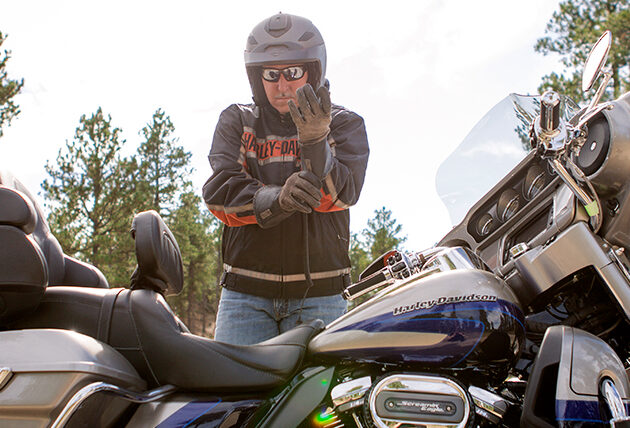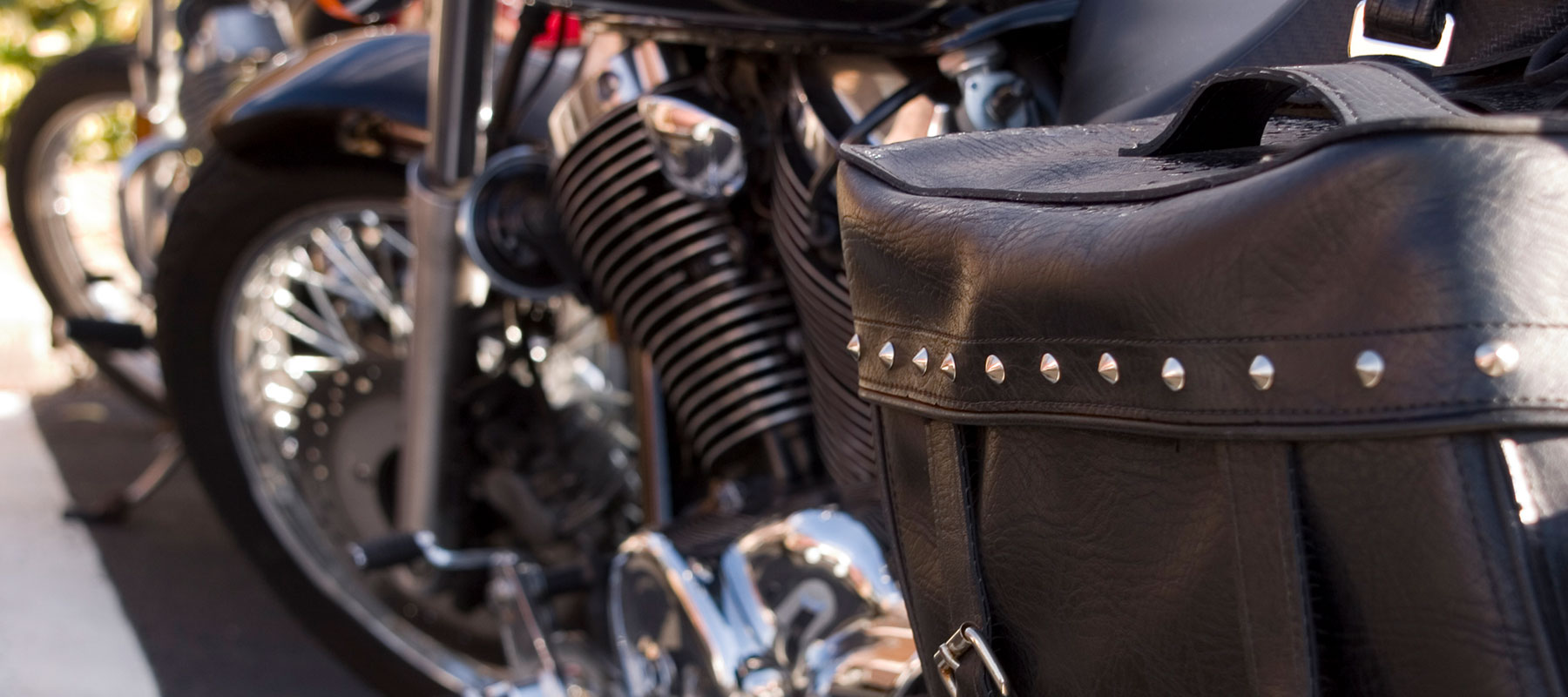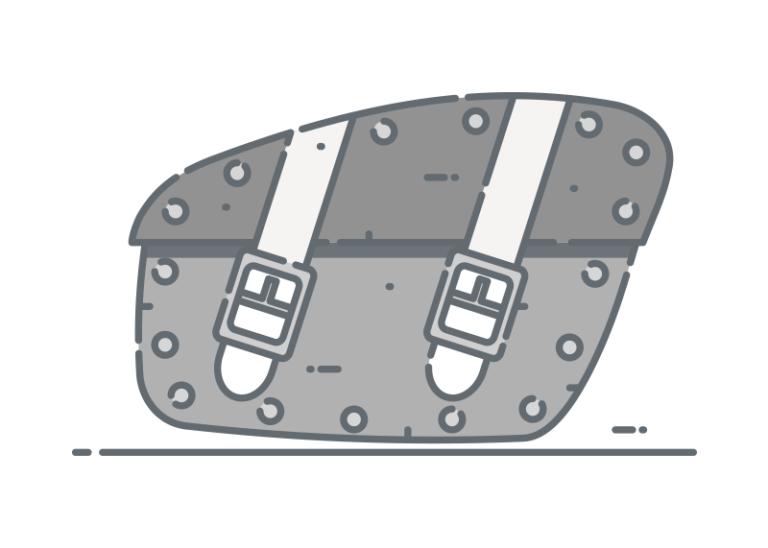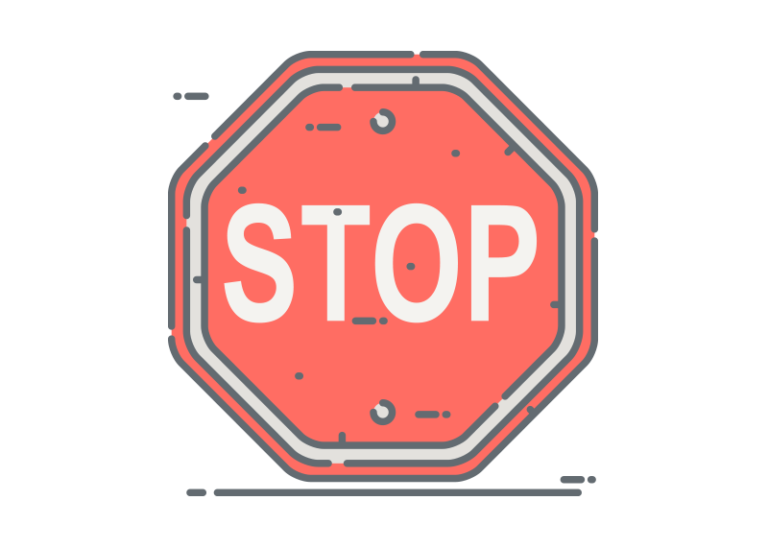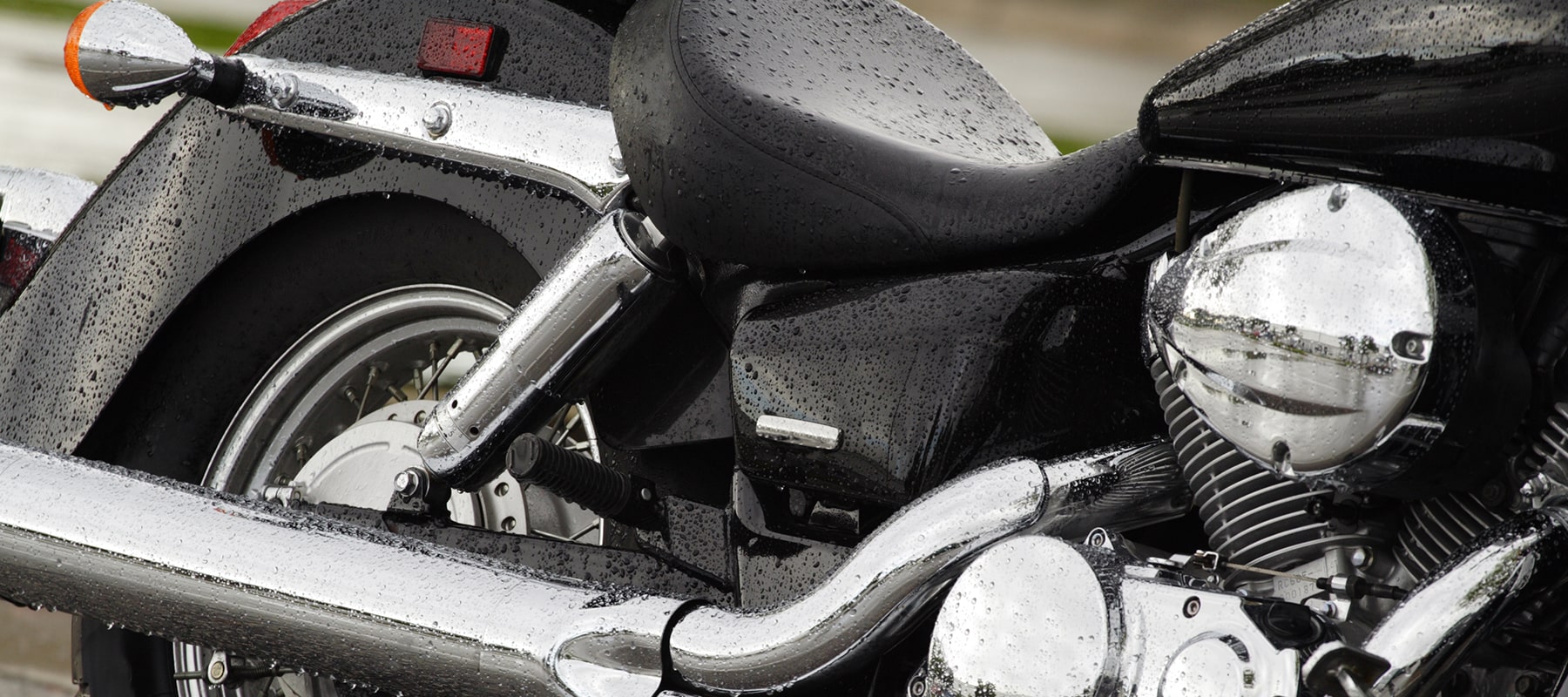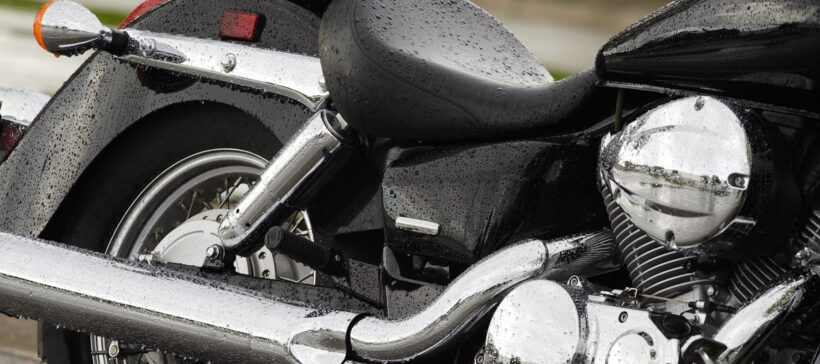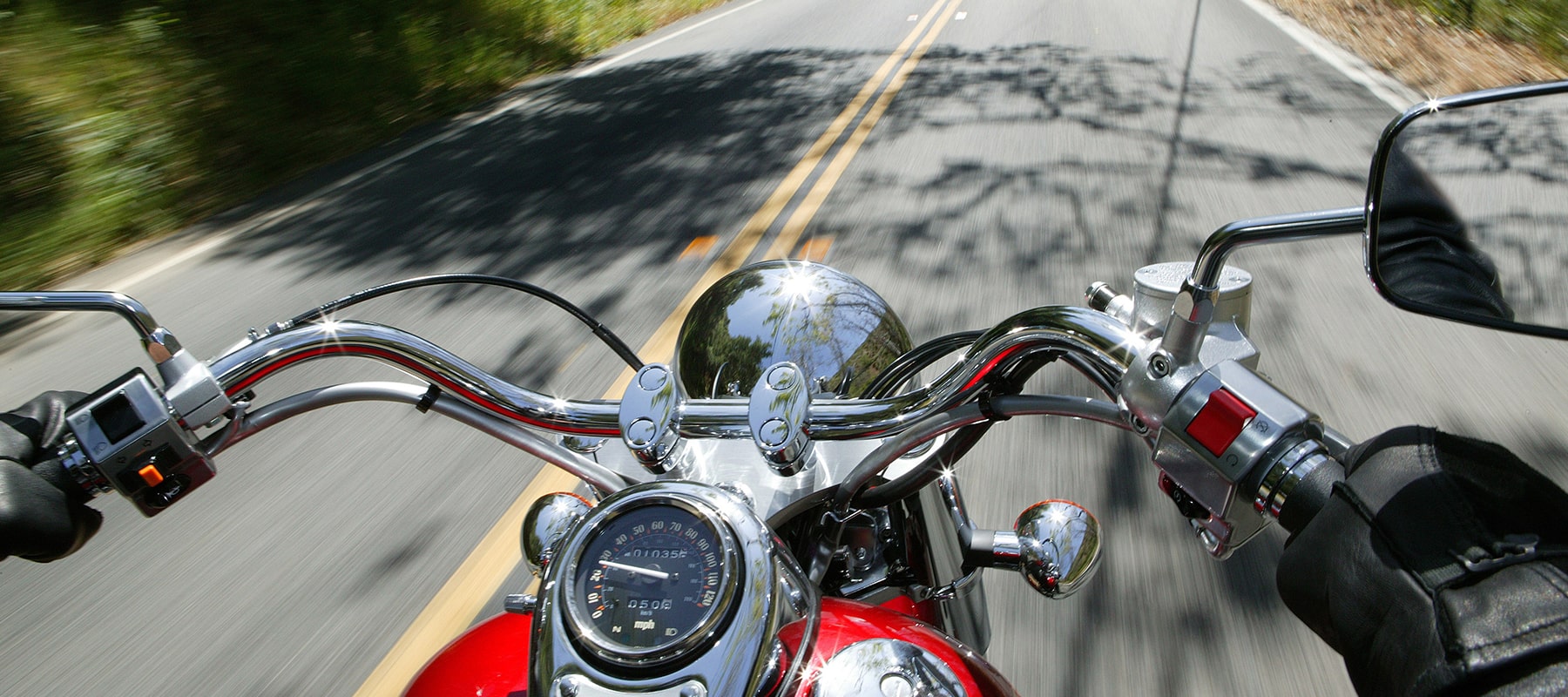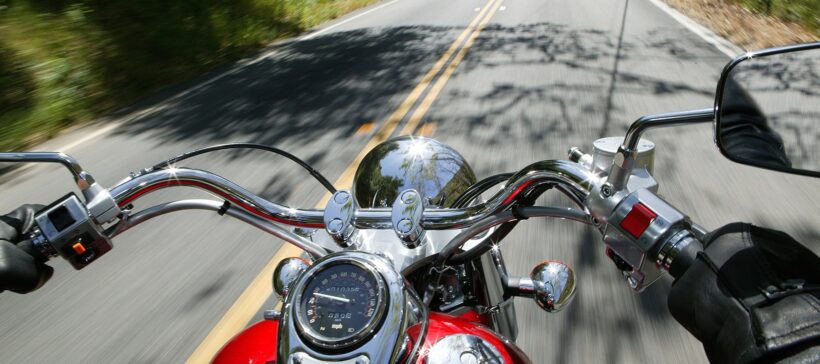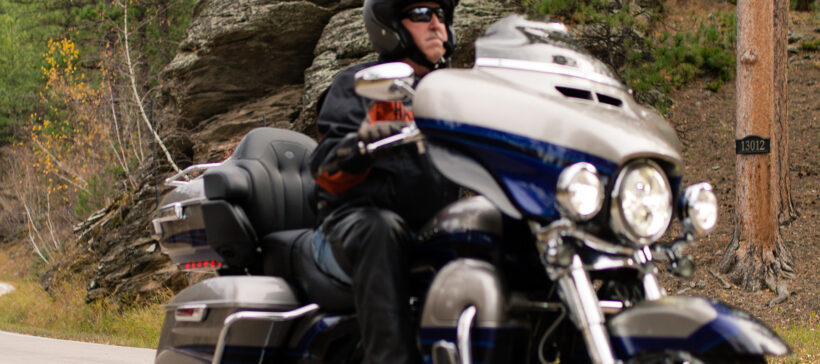How to Steer Clear of Deer

Fall is the perfect time of year for brisk rides, breathtaking scenery – and deer leaping into the road to ruin everything.
Deer tend to be more active in the fall due to breeding season, searching for food and having hunters on their tails. And with more deer on the move, that means more potential for one to cross your path while riding or driving. Here’s how you can stay safe.
Before You Ride
Gear Up.
Always gear up with a full-face helmet, leathers, boots and safety gear to protect yourself in the event of a crash. You can’t control the path of a deer, but you can control how you protect yourself.
Keep Your Brakes in Check
You never know when you’ll need to test the limits of your bike in an emergency. Before you ride, make sure your bike is maintained and your brakes are in good condition. See our maintenance videos for some quick tips to make sure your motorcycle’s ready
Don’t Ride at Dawn and Dusk
Deer are most active at sunrise and sunset, after and before they bed down for the night. Due to the angle of the sun, these times can also be tricky for riders and limit your visibility to motorists on the road. Try to keep your rides during peak daylight hours.
Avoiding a Deer-in-Headlights Moment
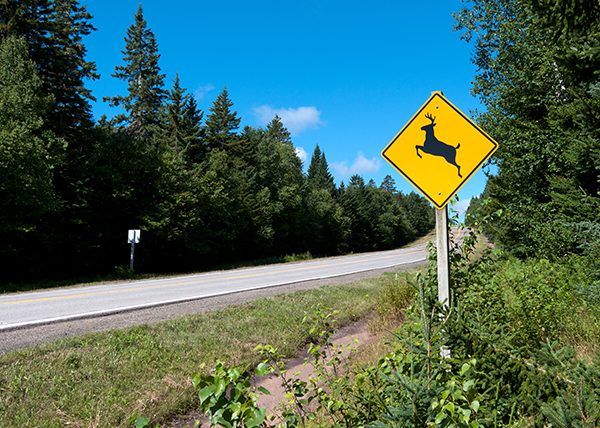
Keep Your Head on a Swivel
Stay alert of your surroundings, noting deer crossing signs and places you may have seen deer before. Scan the roadway repeatedly, making sure to watch shoulders and brush. And don’t limit your efforts to just highways and rural roads – deer can make an appearance anywhere, even in town.
Identify Deer Traps
Besides watching for deer crossing signs, there are other ways to identify hot spots for deer. Animals love edge habitat, so use caution around standing corn fields, treelines, orchards, prairie grasses and hedgerows.
Watch for Furry Friends
Deer travel in packs, so if you spot one, always expect more.
Position Yourself for Safety
If you’re on a multi-lane road, riding in the center lane is safest, as it gives you more space (and reaction time) on either side. Ride with your headlights on to help illuminate hazards.

Spread Out and Don’t Speed
If you’re riding in a group, spread out so a sudden tap on the brakes won’t affect your fellow riders. The same goes for other cars on the road. And make sure you obey posted speed limits. Slowing down will give you more stopping distance and reaction time should a deer surprise you.
Sound the Alarm
If you see a deer in the road, use your horn in one long, sustained blast to scare it away.
Avoiding a crash with a deer (or any animal) should always start with wearing the right gear, riding defensively and taking steps toward prevention. By being informed and prepared, you can be safer this fall and all year long.

